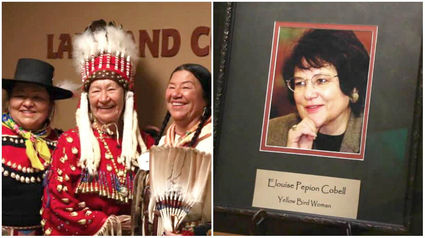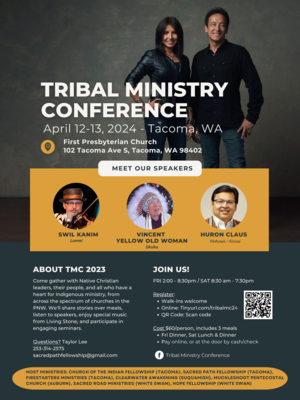Cobell scholarship fund hits critical milestone
Last updated 5/12/2017 at 2:49pm

prairiemary.blogspot.ca
The U.S. Department of the Interior hit a crucial milestone. It has transferred a total of $60 million to the Cobell Scholarship Fund, which was established by the historic Cobell settlement named after the woman behind the settlement.
WASHINGTON, DC-The United States Department of the Interior has hit a crucial milestone. It has transferred a total of $60 million to the Cobell Scholarship Fund, which was established by the historic Cobell settlement. The figure is significant because it's the maximum that can be placed in the fund under the terms of settlement.
The amount also points to the success of the Land Buy-Back Program for Tribal Nations, another component of the settlement. A portion of every land sale goes into the fund and the $60 million ceiling was reached just four years into the effort.
"Investment in the next generation of American leaders will allow many of these young people to gain the valuable skills required for today's competitive workforce and the knowledge and expertise needed to help their communities meet tomorrow's challenges," Secretary Ryan Zinke, Interior's new leader, said in announcing the milestone. "Educational development and skills training are vital for sustaining the economic and political advancement of tribal nations and our nation as a whole."
According to Interior, more than 2,000 scholarships, totaling more than $5.25 million, have been awarded to nearly 1,000 American Indian and Alaska Native students. So there's plenty of money left for tribal citizens who are pursuing vocational, undergraduate and graduate programs.
But the board of trustees that oversees the fund is working on ways to ensure the fund lasts for many more generations. Education was a top priority for Elouise Cobell, the late Blackfeet Nation citizen whose tireless efforts made the $3.4 billion settlement a reality.
"The funds made possible by Ms. Cobell's determined pursuit of justice for individual Indians provide an essential vehicle for improving the lives of young Native people and their communities," said Alex Pearl, a citizen of the Chickasaw Nation who chairs the board. "Our goal of creating a uniquely tuned and permanent scholarship program attentive to the needs and issues of Native students will remain our steadfast focus."
The Land Buy-Back Program recently hit its own milestone as well. Since sales began in December 2012, more than $1.1 billion has been paid to individual Indians for their fractional interests. The equivalent of nearly 2.1 million acres has been transferred to tribal governments as a result.
The success of the initiative means the $1.9 billion program will run out of money in less than two years if sales continue at the current rate. The Trump administration has not said whether it will explore ways to extend the program but will be hosting a listening session later this month to hear from Indian Country.
"Even with the program's significant progress to date-and the results expected through its congressional funding authorization in 2022-the resources created by the Cobell Settlement will not be sufficient to purchase all fractional interests across Indian Country," an April 12 notice in the Federal Register states. "Sustained departmental, congressional, and tribal attention will be necessary to address fractionation and maximize the value of the land base for the benefit of tribal communities."
The Buy-Back Program benefits individual Indians by paying them for land interests that have become divided, or fractionated, among dozens or even hundreds of owners. Returning those interests to tribes helps them address economic development, jurisdiction and other issues in their communities.






